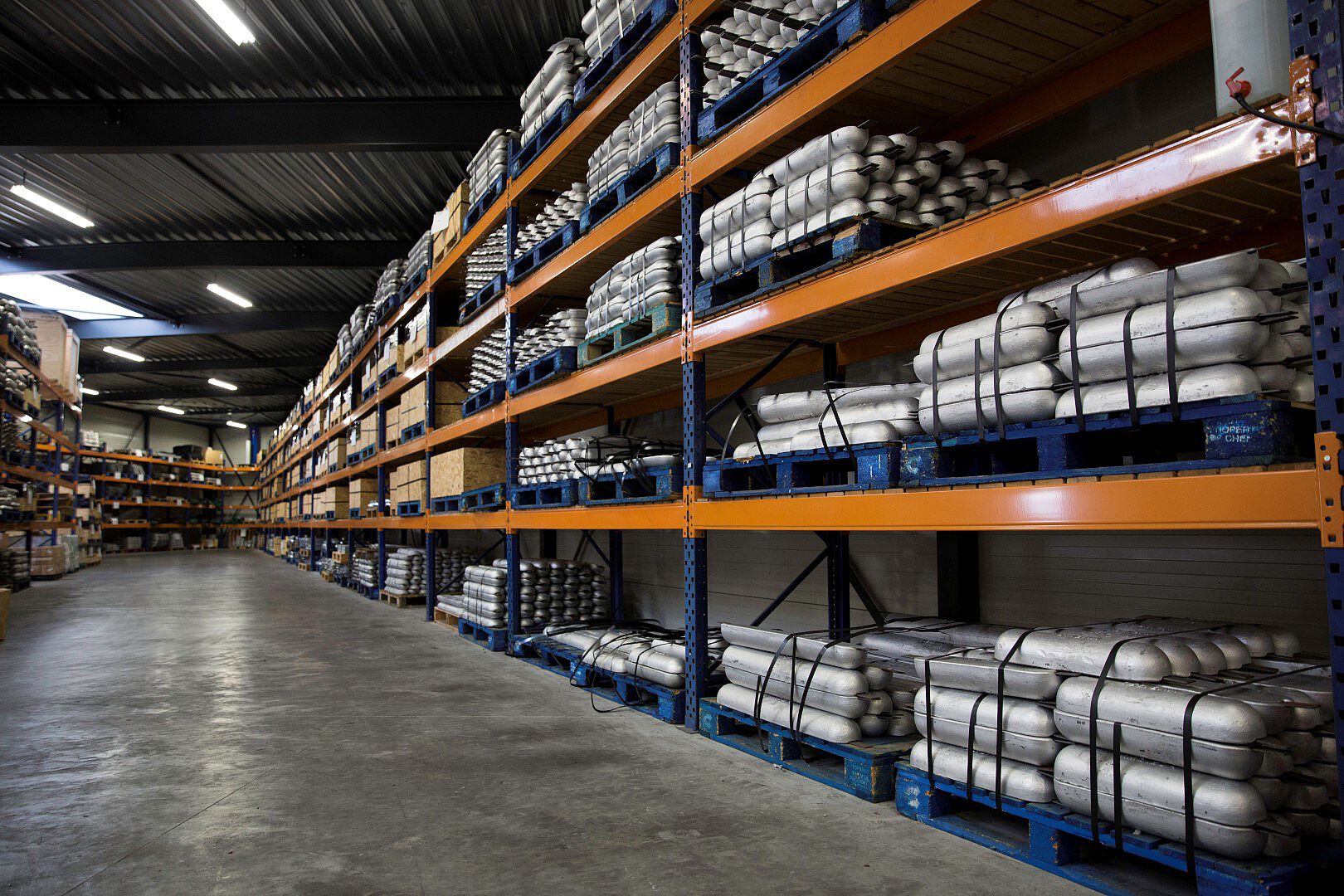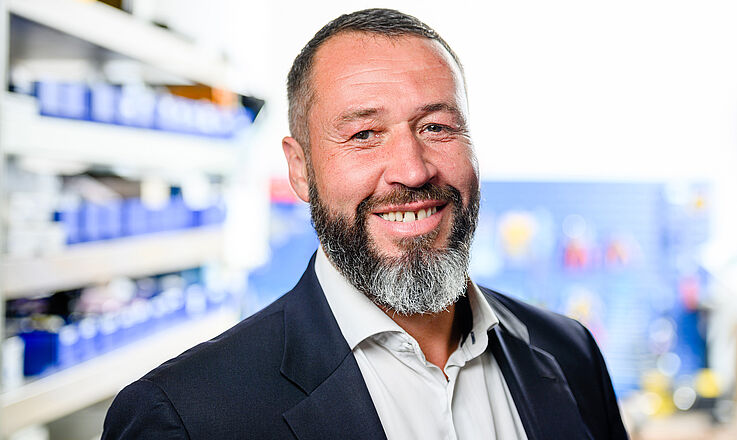

Marine structures are predominantly made of steel. This makes them highly susceptible to corrosion. Seawater acts as an electrolyte, which causes a transfer of electrons from the steel structure through oxidation. If not dealt with, this process of gradual material reduction can degrade the structural integrity to the point of failure.
Besides coating, the standard protection method is the use of sacrificial anodes. These are made of a more active or less noble metal (usually zinc or aluminium). The sacrificial anodes are attached to the steel structure and since they oxidize more easily, they turn the structure itself into a cathode. The electrons leave the structure through the anodes which slowly dissolve. Applying this physics principle protects the steel structure against corrosion.
Contact us if you have a question or want to receive a quotation!
MME Group has decades of experience in applying sacrificial anodes to protect the following types of steel structures:
All zinc and aluminium anodes in our product range are produced in our fully owned ISO 9001 certified foundry located in Faversham (UK). With a distribution centre in the Rotterdam (The Netherlands) area, we can supply a large range of anodes from stock to almost any location in Europe in a matter of days.
Corrosion is the gradual destruction of materials (usually metals) by chemical and/or electrochemical reaction with their environment. This process converts a refined metal to a more chemically-stable form, such as its oxide, hydroxide or sulfide. Because corrosion gradually destroys the corroding object, it forms a serious risk to all steel structures.
A sacrificial anode is part of a cathodic protection system and is attached to a steel structure to protect it against corrosion. It is made of a more active, less noble metal (usually zinc or aluminium) than that of the structure itself. When both are immersed in an electrolyte such as seawater, the anodes slowly dissolve, protecting the structure against corrosion.
Aluminium has a higher potential difference with other metals than zinc. We recommend aluminium anodes in fresh water because fresh water has a higher electrical resistance than salt water. In saltwater, both aluminum and zinc anodes are suitable.
MME Group anodes meet the U.S.. Military A18001K specifications. This composition of zinc anodes is the result of more than fourty years of studies and experiments conducted by corrosion scientists.
All zinc and aluminium MME Group anodes are produced in our fully owned ISO 9001 certified anode foundry which is located in Faversham (UK). Most anode types are kept in stock in our warehouse in the Rotterdam area which makes it possible to deliver to almost any location in Europe within a few days.
The number and size of anodes required for sufficient protection depends on the size of the vessel or structure. If necessary, we can create a tailored anode plan for you. Contact us for more information.
No. Sacrificial anodes need to be submerged in an electrolytic medium such as (salt) water. Air isn't capable of conducting the low currents generated by sacrificial anodes.
